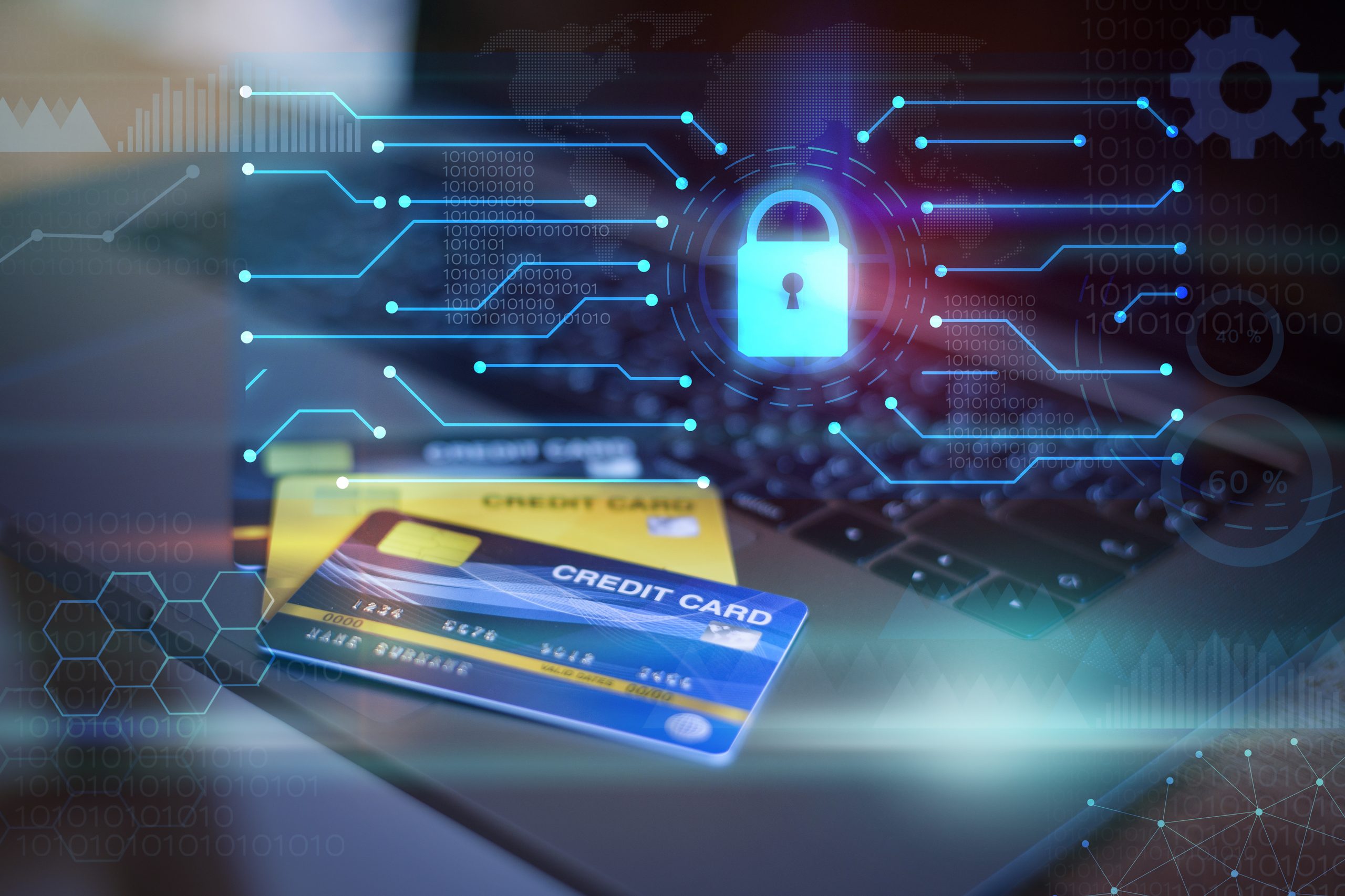Payment Gateway Security: Protecting Your Customer’s Business
In today’s digital age, where e-commerce and online transactions are a fundamental part of our daily lives, payment gateway security has become a critical concern for businesses and consumers. The trust and reliability of these gateways are of prime importance for safeguarding sensitive financial data, ensuring seamless transactions, and preventing fraudulent activities.
This article delves into the technical intricacies of payment gateway security, exploring how it safeguards both customers and businesses in the consistently changing terrain of online payments.
The Role of Payment Gateways
Before exploring the technical aspects of payment gateway security, it’s essential to understand the primary function of these systems. A payment gateway serves as the intermediary between a customer’s payment method, such as a credit card or mobile wallet, and a merchant’s bank account. When a customer initiates a transaction, the payment gateway securely transmits the payment data from the merchant’s website or point-of-sale system to the payment processor and ultimately to the issuing bank for authorization.
Now let’s dive into the technology, and standards payment gateways employ!
Encryption
Payment gateway security begins with encryption, which serves as a protective shield around customer payment information. When a customer provides their payment details, whether on a website or at a physical point of sale, this data is transformed into an unreadable code. The purpose of this transformation is to render the data inaccessible to unauthorized individuals, effectively thwarting any attempt at data interception or tampering.
Secure Sockets Layer (SSL)/Transport Layer Security (TLS)
A widely adopted encryption protocol in the field of payment gateways is Secure Sockets Layer (SSL). SSL is a cryptographic protocol that creates a secure and encrypted connection between the customer’s web browser and the payment gateway. This encryption process ensures that data transmitted during a transaction remains confidential and intact. The concept behind SSL is to establish a secure “tunnel” through which data can travel safely. The data is encrypted on the sender’s end and decrypted on the recipient’s end. This process makes it nearly impossible for any malicious parties to eavesdrop on or manipulate the data while it is in transit. In essence, SSL acts as a secure channel that safeguards payment information during the entire transaction journey. While SSL has long been the standard for secure data transmission, online security is continually adapting. One significant advancement in this field is the adoption of Transport Layer Security (TLS), which is considered an advanced form of SSL. TLS serves the same fundamental purpose as SSL, creating an encrypted channel for secure data transmission. However, TLS is designed with additional security features and improved encryption algorithms. It offers enhanced protection by supporting more robust encryption ciphers and is more resistant to potential vulnerabilities that might affect older SSL versions. The transition from SSL to TLS represents a proactive approach to maintaining the highest level of security, especially as cyber threats continue to evolve. Payment gateways that use TLS are ensuring that their systems remain at the forefront of encryption technology, keeping customer payment information safe from emerging security risks.
Tokenization
Tokenization is a fundamental aspect of bolstering payment gateway security through advanced technology. This process involves substituting the actual payment card data with a distinctive token. Unlike the original payment data, this token is devoid of any inherent value and is incapable of facilitating unauthorized transactions. Its primary function is to serve as a reference point to the securely stored original payment data, which is typically safeguarded within a fortified data vault. The technology underpinning tokenization is rooted in its precision and security measures. When a transaction is initiated, the system generates a unique token with meticulous attention to security protocols. This token is structured in a way that is practically immune to any decryption attempts, thus ensuring the protection of sensitive card data. Central to the process is the careful safeguarding of the actual payment information. It is securely held in a highly protected data vault, encompassing multiple layers of encryption, stringent access controls, and comprehensive security protocols. Even in the unfortunate event of a data breach, the exposed token remains cryptographically impervious, thwarting any attempts at unauthorized access or misuse by potential attackers. In a nutshell, tokenization is a pivotal security measure underpinned by advanced technology, reinforcing payment gateways against threats. By converting sensitive payment data into these secure tokens and coupling this with robust data protection mechanisms, the financial industry can confidently run online while ensuring the integrity of transactions and the trust of customers.
Fraud Detection and Prevention
Modern payment gateways are fortified with advanced fraud detection and prevention mechanisms that operate with precision and efficiency. At the heart of these systems are machine learning algorithms, which work in real-time to scrutinize transaction data, aiming to spot irregular patterns or behaviors that might signal fraudulent activity. The power of these algorithms lies in their ability to continuously learn and adapt. They analyze a multitude of data points, encompassing factors such as transaction history, geographic location, purchase frequency, and more, in order to establish what constitutes normal behavior for a particular user or card. This adaptive approach allows them to detect deviations from the established norms, which can be a strong indicator of potential fraud. When such suspicious activity is pinpointed, the transaction is intelligently flagged for closer examination. This flagging process does not halt the transaction immediately, as that could result in false positives and inconvenience for genuine users. Instead, it triggers a secondary review process, where a trained fraud analyst or automated system can delve deeper into the transaction details to determine its legitimacy. In this way, these advanced fraud detection and prevention mechanisms are not only robust but also user-friendly. They offer a layered security approach that protects against fraudulent payments while minimizing disruption for legitimate customers. The ongoing refinement of these machine learning algorithms ensures that they stay ahead of evolving fraud techniques, making them an invaluable asset in the world of online payments.
Multi-Factor Authentication
Stellar payment gateways recognize the paramount importance of security, and one notable feature in their arsenal is multi-factor authentication (MFA). This security measure is designed to fortify the verification process by necessitating customers to provide multiple forms of confirmation before concluding a transaction. The objective is clear: to introduce an additional layer of protection that safeguards against unauthorized access and enhances overall security. Multi-factor authentication typically combines at least two of the following elements: something the user knows (e.g., a password or PIN), something the user has (e.g., a mobile device or smart card), and something the user is (e.g., biometric data like a fingerprint or facial recognition). This multi-pronged approach significantly raises the bar for potential intruders, as they must successfully navigate multiple layers of authentication to gain access to an account or complete a transaction. What sets MFA apart is its versatility. It can be tailored to suit the specific needs and risk profile of each transaction. For high-value or particularly sensitive transactions, a more comprehensive MFA process can be employed, while lower-risk transactions may undergo a less stringent authentication procedure. This adaptability ensures that security is appropriately calibrated to the circumstances, without imposing unnecessary barriers for users. Generally, multi-factor authentication is a cornerstone of modern payment gateway security, offering a versatile and potent means to protect against unauthorized access and improve the overall integrity of online transactions. Its ability to flexibly adapt to varying security needs makes it a valuable tool in maintaining a balance between user convenience and robust protection.
Data Security Standards
Payment gateways are required to adhere to specific data security standards, such as Payment Application Data Security Standard (PA-DSS) and Payment Card Industry Data Security Standard (PCI DSS). These standards define the requirements for secure payment processing, storage, and transmission of sensitive payment data. The Payment Card Industry Data Security Standard (PCI DSS) is a set of security standards designed to ensure that all companies that accept, process, store, or transmit credit card information maintain a secure environment. Payment gateways must comply with PCI DSS requirements, which include stringent security measures, regular security assessments, and audits.
Real-Time Monitoring and Reporting
The quest for optimal security within payment gateways leads to the implementation of real-time monitoring and reporting as a fundamental practice. This strategy offers businesses a proactive approach to transaction security by allowing them to closely observe and assess transactions as they unfold in real-time. The core advantage of real-time monitoring is its ability to swiftly detect anomalies or irregularities within the transaction stream. By continuously scrutinizing transaction data, these systems can identify suspicious patterns or behaviors that may indicate fraudulent or unauthorized activity. This early detection is crucial, as it enables immediate intervention to mitigate potential risks. Moreover, real-time monitoring provides a wealth of insights beyond just security. It allows businesses to gain a comprehensive view of their financial operations, tracking the flow of funds, assessing transaction success rates, and identifying potential bottlenecks or inefficiencies in the payment process. The reporting aspect of this system adds another layer of transparency and accountability. It generates detailed records of transactions, which can be invaluable for auditing, compliance, and reconciliation purposes. In the event of a security breach or dispute, these records serve as a vital resource for investigations and resolution.
Conclusion
In summary, payment gateway security is a complex and multifaceted field that requires a high level of technical sophistication. It involves encryption, tokenization, real-time monitoring, fraud detection, and compliance with industry standards. These measures collectively work to protect customers and businesses from the ever-present threat of data breaches and fraudulent activities. As e-commerce continues to grow and adapt, the technical advancements in payment gateway security will play an essential role in maintaining the trust and security of online transactions. Businesses and consumers can rest assured that their financial data is in capable hands as they navigate the digital landscape, thanks to the advanced security measures of payment gateways.


